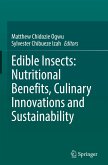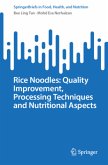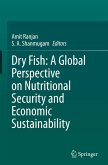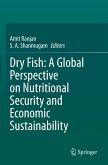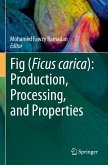Cereal grains are gaining interest from food manufacturers and pharmaceutical industries because of their health benefits. In the current day consumers are focusing on diets rich in nutrients and bioactive compounds and researchers are exploring the potential of different cereal grains. Cereal grain possesses a unique blend of macronutrients and micronutrients. Among different cereal grains (wheat, rye, oats, rice, barley and sorghum) rye possess higher amount of arabinoxylan. Rye is the only crop after wheat which possess a significant amount of gluten proteins, and is widely used in food industries throughout the world for the preparation of products such as bread, biscuits, rusk, flakes and beer. Scientific reports on rye considered it an important dietary source as it has well balanced amino acid profile as compared to wheat. Rye grains possess an array of bioactive compounds with antioxidant potential that may help in immunity boosting and countering age-related issues. Rye istraditionally used for the preparation of bread in Northern and Eastern Europe. As a staple food, bread is enjoyed by major part of population, making its quality is of utmost importance. Being an important part of dietary menu, bread should have high nutritional quality. Nutritional profile indicates that bread is a rich source of fibers, proteins along with macro and micronutrients. Rye is a dual-purpose crop used as food and feed and has the potential to be used for medicinal purpose as it is a good source of fibers and antioxidants. Further, starch isolated from rye grains can be utilized as excipient during tablet preparation. Rye starch-based coatings are useful in enhancing the shelf life of fresh cut fruits and whole fruits. After wheat, rye is the only cereal grain which possess gluten, meaning its flour can be used in the preparation of protein and fiber rich bakery products.
Rye: Processing, Nutritional Profile and Commercial Uses discusses the physical parameters and health benefiting features of rye, exploring the chemistry of rye components, rye flour and starch properties and proteins and their extraction and industrial uses, antioxidant properties, fiber profile and health benefits, rye flour based important food products and effect of processing on nutritional profile. This is the first scientific text available specifically on rye grains and provides the latest information and updates. Rye's different components such as starch, protein, fiber, bioactive metabolites and their uses in food products are described in detail. Chapters focusing on the specific components of rye grains and their health benefits are included, making this the go-to source for researchers looking for a singular and comprehensive overview of this beneficial crop.
Rye: Processing, Nutritional Profile and Commercial Uses discusses the physical parameters and health benefiting features of rye, exploring the chemistry of rye components, rye flour and starch properties and proteins and their extraction and industrial uses, antioxidant properties, fiber profile and health benefits, rye flour based important food products and effect of processing on nutritional profile. This is the first scientific text available specifically on rye grains and provides the latest information and updates. Rye's different components such as starch, protein, fiber, bioactive metabolites and their uses in food products are described in detail. Chapters focusing on the specific components of rye grains and their health benefits are included, making this the go-to source for researchers looking for a singular and comprehensive overview of this beneficial crop.



